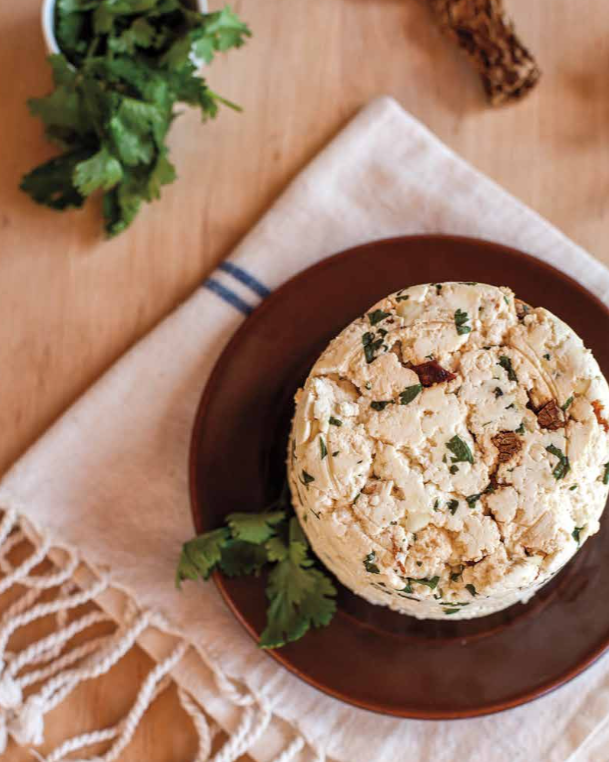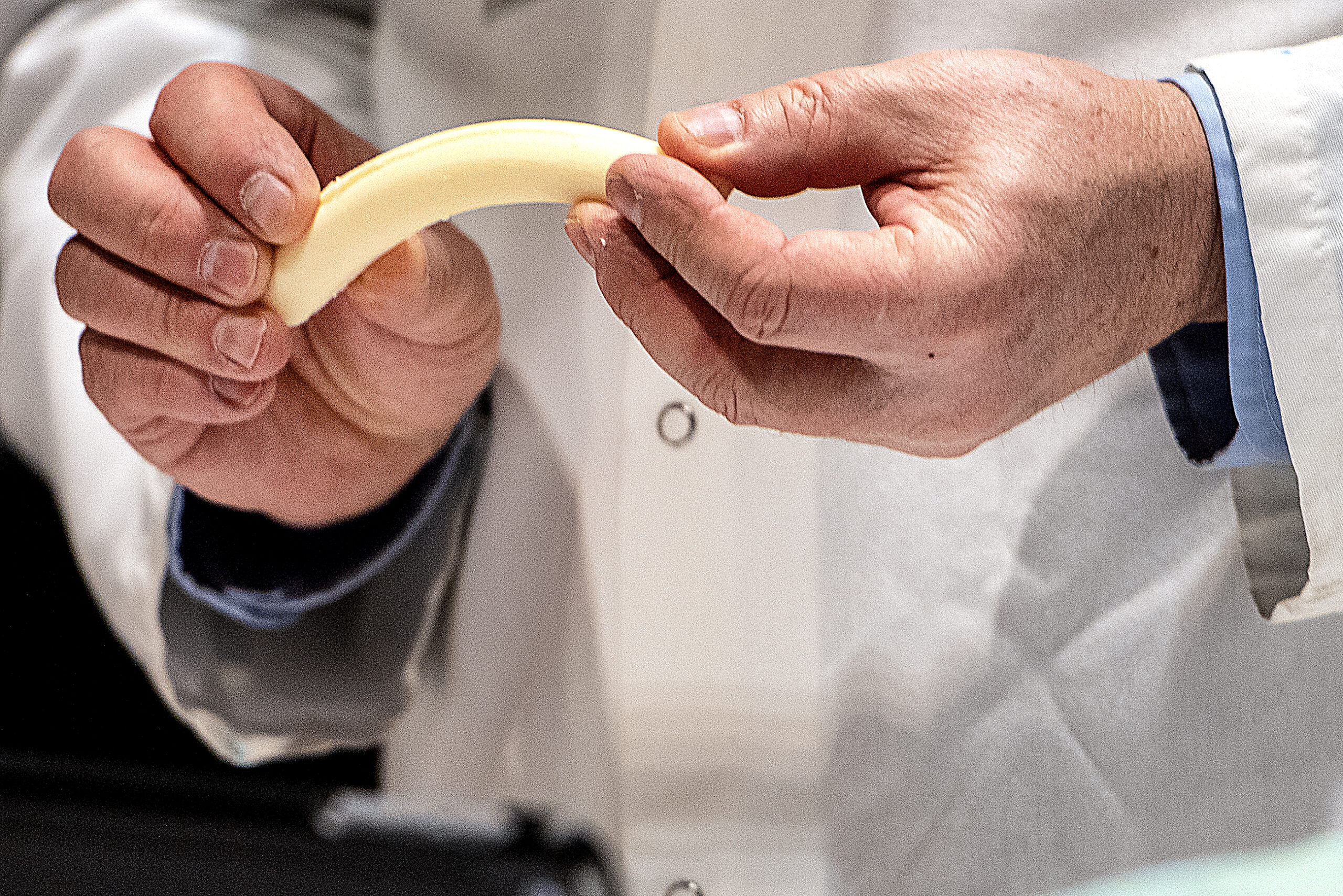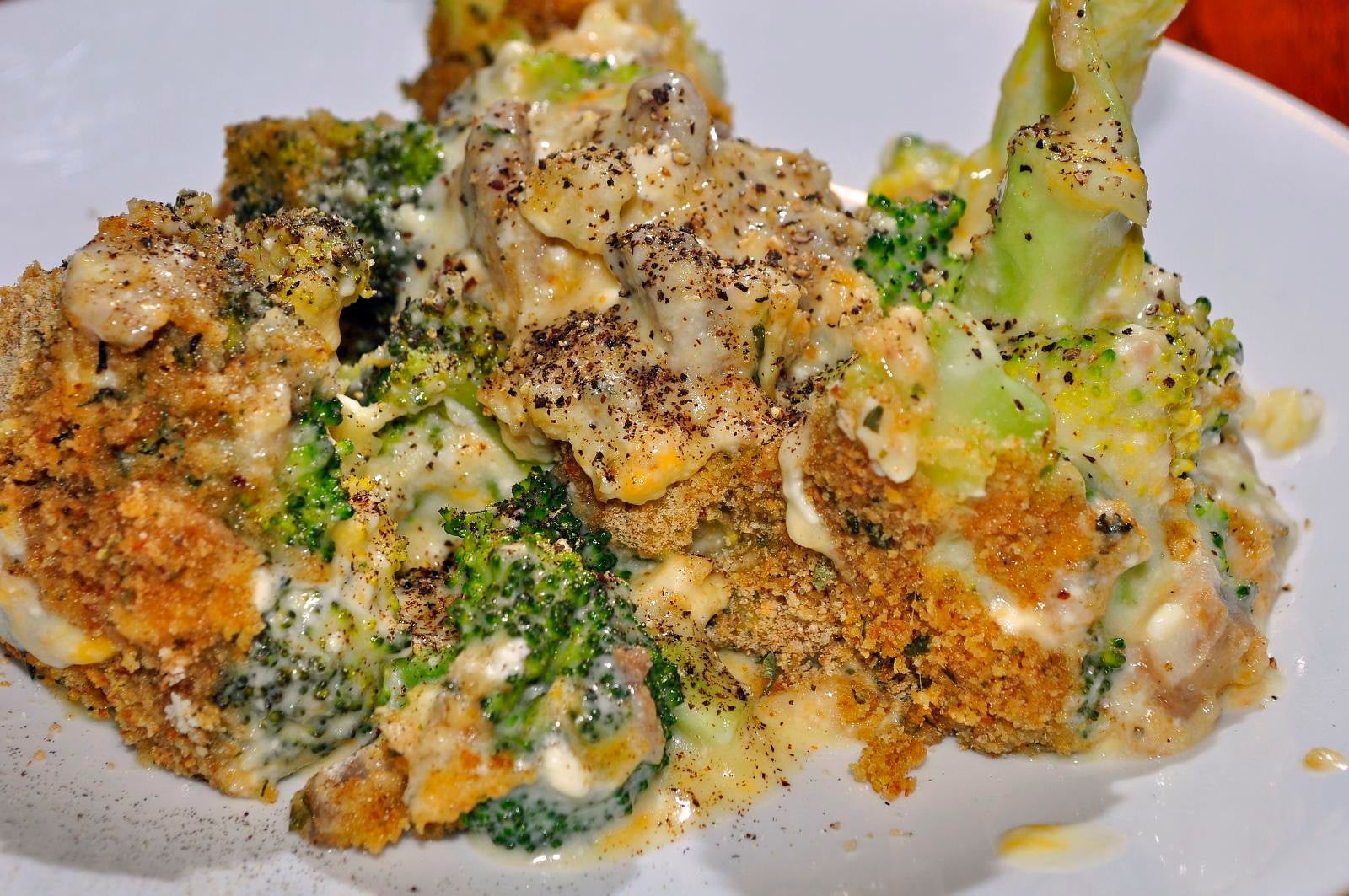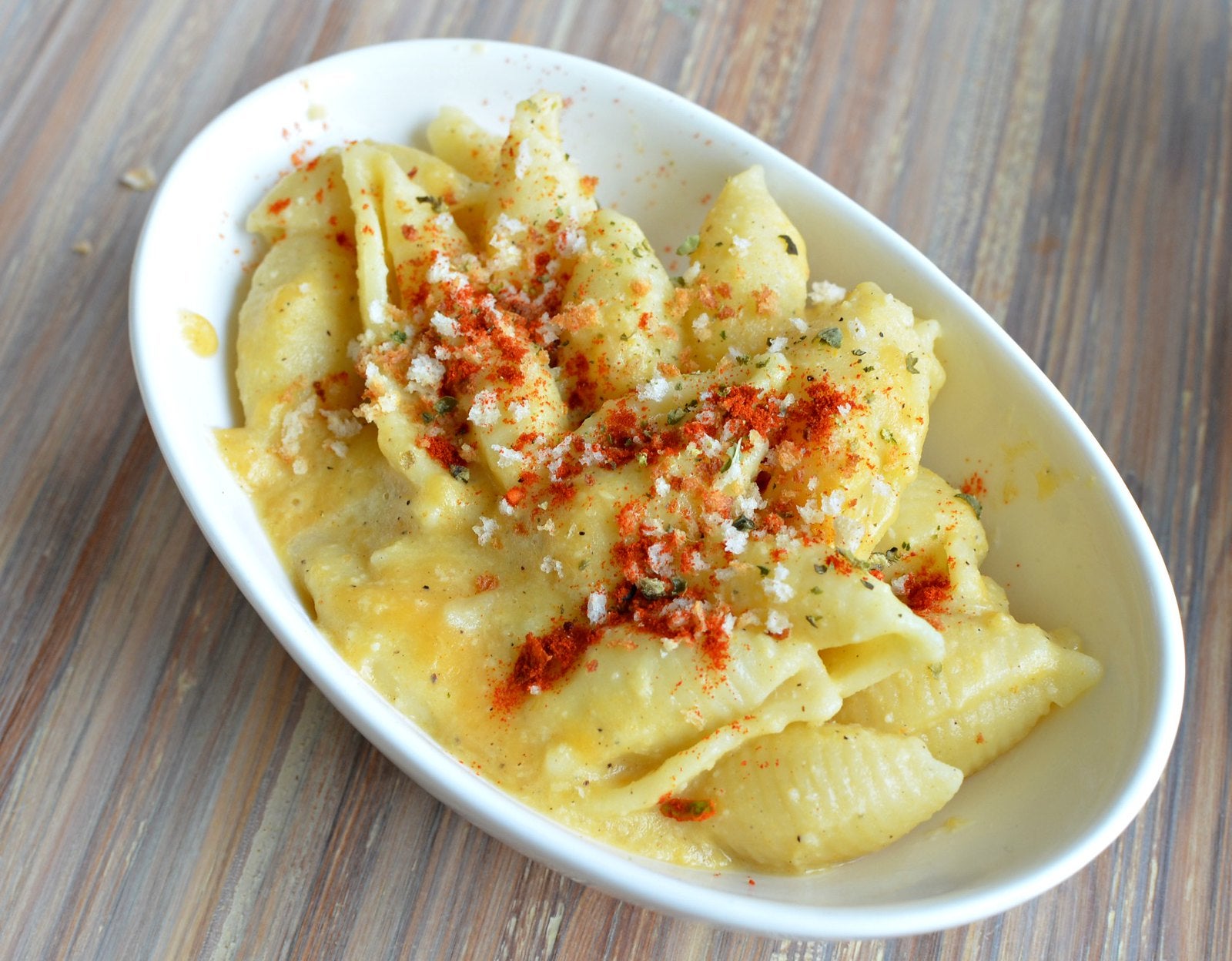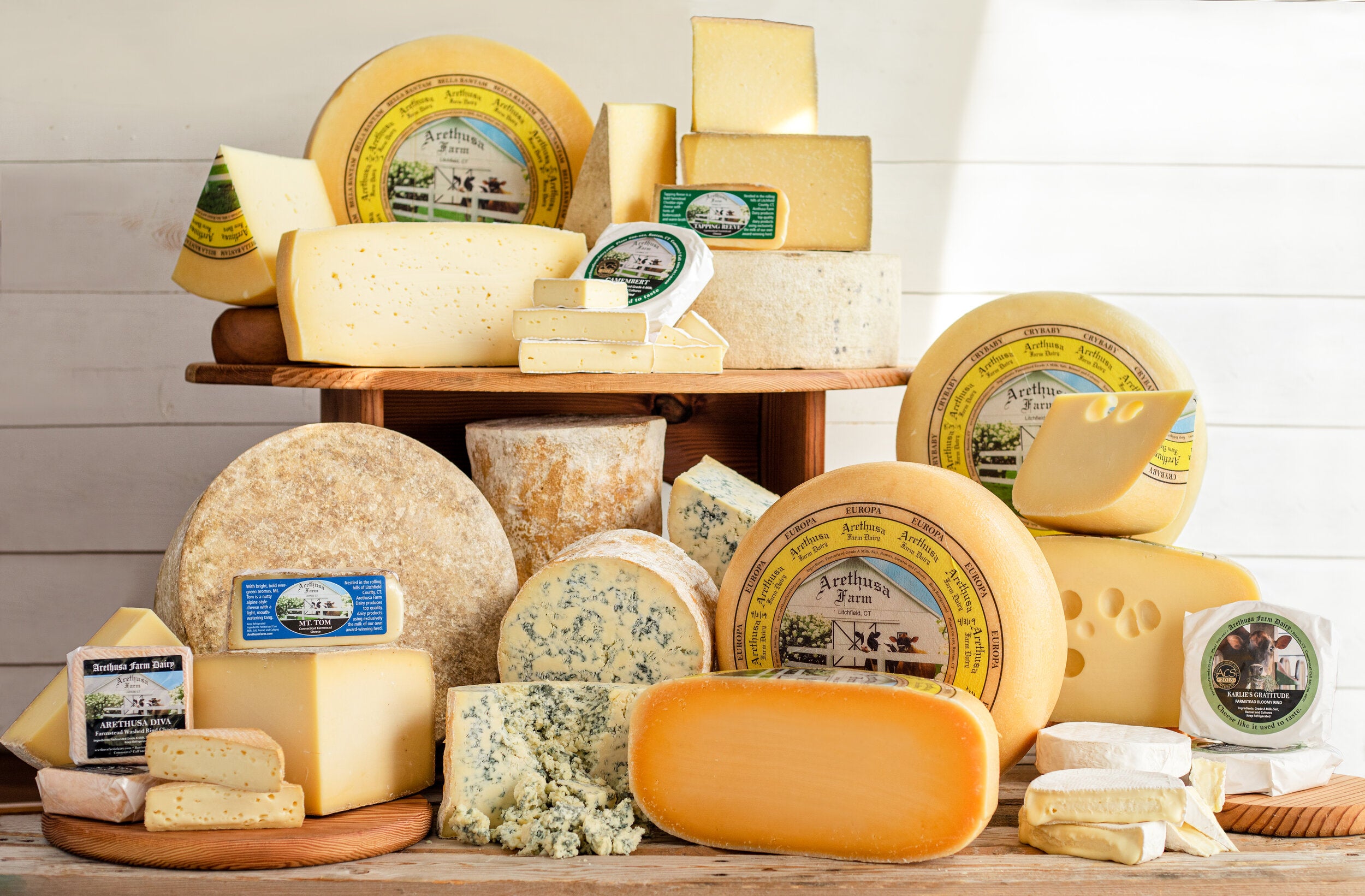I learned how to make paneer at a gurdwara (a Sikh temple). The original community kitchens, gurd- waras open up their temples to the public and serve free vegetarian meals known as langar to anyone, regardless of gender, creed, or need, almost any day of the week. At the Golden Temple in Amritsar, India, the most holy Sikh temple, tens of thousands of pilgrims are served wholesome meals every single day.
If you haven’t been to a gurdwara for a meal, I highly recommend it. It’s an important cultural experience, and an excellent way to get to know your neighbors and enjoy a meal with folks off the street. If you don’t want to accept a free meal, the temples will gladly accept donations, or your help in the kitchen.
Gurdwaras make phenomenal homemade Punjabi food, often featuring homemade paneer. When I learned that this temple I visited made its own cheese, I asked the community if I could volunteer in the kitchen and see how it was made. Expert cheesemakers, the Punjabis in the kitchen were very instructive and happy to share their skills. I later learned that many Punjabi households make their own paneer, even after immigrating to North America (you’ve probably seen them buying gallons and gallons of milk at the supermarket and wondered how they were going to drink it all). They should be an example for us all!
Stay informed on the latest news
Sign up for WPR’s email newsletter.
This is an adaptation of the gurdwara’s recipe, scaled down from the 25 or so gallons (100 L) of milk that they transformed into cheese in their kitchen! The 25 gallons of milk produced about 25 pounds (10 kg) of cheese, and all that warm cheese, sitting in the strainer, pressed itself firm. When making this recipe at home, you’ll probably not be making as much, and you’ll need to set up a cheese press to press your paneer firm.
Queso fresco, literally “fresh cheese” in Spanish, is a similarly made heat-acid cheese that’s commonly consumed across Mexico and Latin America. Essentially paneer made on a different continent, the recipe for queso fresco is virtually identical to its Indian cousin.
Ingredients
- 1 gallon (4 L) milk—and almost any milk will do!
- 1⁄2 cup (120 mL) vinegar (or 1 cup [240 mL] lemon juice, or 1⁄2 gallon [2 L] yogurt or kefir)
- 1 tablespoon (15 mL) salt (optional)
Equipment
- 2-gallon (8-L) capacity heavy-bottomed pot
- Wooden spoon
- Medium-sized wire strainer
- Steel colander
- Large bowl
- Homemade cheese press—two matching yogurt containers, one with holes punched through from the inside with a skewer
Time Frame
2 hours
Yield
Makes about 1 1⁄2 pounds (700 g) cheese
Directions
1. Bring the milk to a boil over medium-high heat. Be sure to stir the pot nonstop as the milk warms to prevent its scorching on the bottom; the more time you spend stirring, the less time you’ll spend scouring! As well, stirring promotes presence of mind and keeps you focused on the milk, which may boil over if forgotten.
2. Let the milk rest by cooling it in its pot for a minute or two. Letting the milk settle will slow its movement and help ensure good curd formation.
3. Pour in the vinegar or lemon juice, and gently stir the pot once or twice to ensure an even mixing of the acid. Do not overstir; the paneer curds are sensitive when they’re fresh and can break apart if overhandled. Watch as the curds separate from the whey . . .
4. Let the curds settle for 5 minutes. As they cool, the curds will continue to come together. As they become firm, they will be more easily strained from the pot.
5. Carefully strain the curds: With a wire-mesh strainer, scoop out the curds from the pot, and place them to drain in a colander resting atop a bowl that will catch the warm whey. Pouring the whole pot through the colander is not recom- mended, as the violent mixing that results can make it difficult for the cheese to drain.
6. Add spices or salt (optional). If you wish to flavor your paneer or queso fresco, consider adding various herbs or spices to the curds before they are pressed. Now is also the best time to add salt.
7. Press the curds (optional): Transfer the paneer curds from the colander into a form while they are still warm, and place the cheese-filled form atop a draining rack. Fill up the follower with hot whey, and place atop the form to press the curds firm. The paneer is ready as soon as the curd has cooled. It can be taken out of the form and used right away, or refrigerated in a covered container for up to 1 week. Paneer, unlike other cheeses, can also be frozen.
This recipe has been adapted from David Asher’s The Art of Natural Cheesemaking (July 2015) and are printed with permission from Chelsea Green Publishing.
Wisconsin Public Radio, © Copyright 2024, Board of Regents of the University of Wisconsin System and Wisconsin Educational Communications Board.

